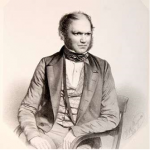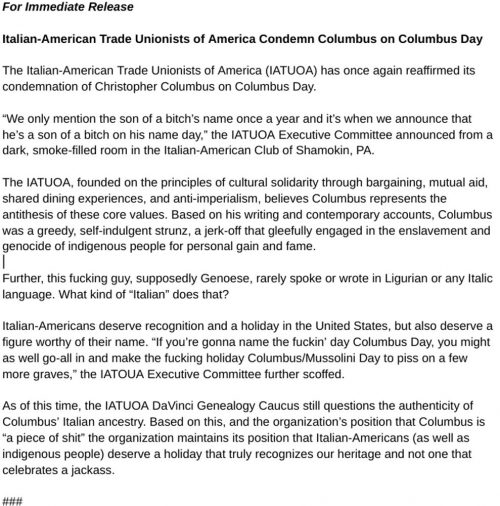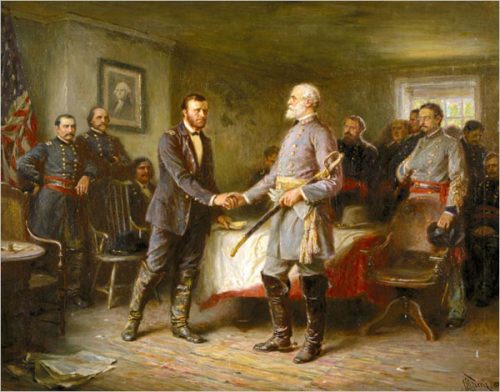I don’t.
 When Hitler blew his brains out in the bunker, he splattered the upholstery with blood. An American soldier cut out a swatch of bloody cloth and kept it as a morbid souvenir, eventually donating it to a museum, and recently, geneticists sequenced the sample. Guess what they found?
When Hitler blew his brains out in the bunker, he splattered the upholstery with blood. An American soldier cut out a swatch of bloody cloth and kept it as a morbid souvenir, eventually donating it to a museum, and recently, geneticists sequenced the sample. Guess what they found?
Most of the interpretations were ambiguous, but they did find one specific abnormality in his genome.
The research is due to be published in a scientific journal, but the key finding is this: Hitler had Kallmann syndrome, a genetic disorder that hinders the normal progression of puberty and the development of sexual organs. Derogatory songs from the war about Hitler’s anatomy may have been meant in jest but, it transpires, they were not just accurate but probably did not go far enough.
A 1923 medical examination of Hitler, which was uncovered in 2015, showed that the Nazi leader did indeed have an undescended testicle but, while we do not know exactly how it manifested, Hitler’s newly discovered genetic condition would have also affected his testosterone levels. It means he had a one in ten chance of having a micropenis. This is suggested by stories from the First World War, where Hitler was bullied over the size of his genitalia.
The genetic finding, while definitive, can only allow for speculation in terms of its impact on Hitler. However, it seems likely that he would have struggled to form sexual relationships, and one historian believes this could prove critical in our understanding of Hitler’s rise to power.
Speculation. That’s an important word. There’s only a limited set of conclusions one can draw from the genetics…but hey, some people are going to go wild with it.
Alex J Kay, a historian at the University of Potsdam, who specialises in Nazi Germany and is a key authority in the documentary, said: “This would help to explain Hitler’s highly unusual and almost complete devotion to politics in his life to the almost complete exclusion of any kind of private life.
“Other senior Nazis had wives, children, even extramarital affairs. Hitler is the one person among the whole Nazi leadership who doesn’t. Therefore, I think that only under Hitler could the Nazi movement have come to power.”
Ugh. No. Those are some sweeping conclusions to draw from a genetic sequence. The geneticists seem to be well aware of the limitations of their analysis, but fortunately for their sensational documentary, they managed to find an irresponsible historian to draw excessive conclusions.








